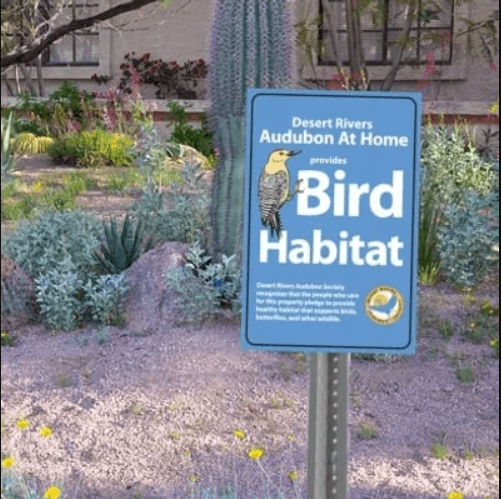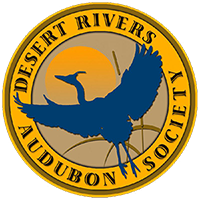Audubon At Home
What is Audubon at Home?
Our life on Earth depends upon natural systems that provide us with air to breathe, water to drink, food to eat, and sources of energy and raw materials.
Overburdening those natural systems can change the natural equilibrium.
Concentrations of the greenhouse gas carbon dioxide, for example, have increased by more than thirty percent since pre-industrial times.
This, and possibly other factors, have contributed to a world that is slowly warming.


This is producing a series of changes in climate that threaten the continued survival of many bird species.
Audubon at Home promotes positive change in our daily activities to make life on Earth more sustainable.
Careful consideration of our actions can help maintain healthy habits that can help support birds and other wildlife.
What is Audubon at Home?
- Conservation Incorporate conservation choices into daily lifestyle decisions at home and at work, such as deciding what products to buy.
- Home Habitat Develop and maintain a healthy yard that is attractive to birds.
- Healthy Neighborhoods Work with Audubon chapters and community groups to create healthy neighborhoods.
- Create & Restore Work with Audubon chapters to create, restore, and monitor bird habitats.
“Feathers paint the sky with dreams of soaring high.”
Finding Serenity in Your Backyard
Our backyards, schoolyards, and business landscaping are our own private little pieces of nature and can provide a measure of serenity. To be able to sit in a shaded area and watch and listen to the birds that you’ve attracted is a great experience. Maybe you can hear water running from a waterfall or fountain. Sounds great, doesn’t it? Well, the birds love it too.
Creating a Bird-Friendly Habitat
So how do we get to that kind of backyard? Go native. Think about providing food, shelter, and water to birds by using native landscape plants. The first thing is to eliminate or minimize the grass in your yard. Green grassy lawns are not native to the desert. They can take a lot of water and maintenance. Even if you can’t bring yourself to completely eliminate grass, you can minimize it and still plant native flowers, shrubs, and trees. You can have plants in bloom in your yard year-round in our climate.
Recommended Native Plants
Chuparosa
Chuparosa will grow to a good size, blooms year-round, and attracts hummingbirds as well as any feeder would. It will become thick and tangled, which provides shelter for other birds. Aberts Towhees and Lesser Goldfinch will dive into the bush for protection in an instant.
Palo Verde
Palo Verde trees have a beautiful spring bloom and provide shade, shelter, and great nesting areas for birds. You can count on attracting Verdin to your yard with Palo Verde.
Saguaro
Saguaro is a cactus valued by cavity-nesting birds like Gila Woodpeckers, Peach-faced Lovebirds, and Screech Owls. Doves will build nests in the Vs created by the arms. When they bloom, their flowers produce sticky, sweet nectar that not only attracts birds, it attracts insects, which in turn attract birds.
Benefits of Native Plants
Not only do the native plants provide shade, shelter, and food for birds, but they survive on much less water than non-native plants. Water is a precious resource in the desert. The less we use in our habitats, the more water is available for our riparian areas, streams, and rivers.
Supplementing Bird Food
If you wish, you can supplement the food for birds by feeding them nectar, seed, fruit, and suet. A wide variety of bird foods and feeding supplies are available at Wild Birds Unlimited. Remember to always keep your feeders clean. The last thing that you want to do is have your feeder become a breeding ground for disease. Change the nectar in your hummingbird feeders at least twice a week and make sure that you clean them completely.
Providing Water Sources
The last thing and probably the most important thing that you can provide for birds in our climate is a water source. Of course, we still want to conserve water. A re-circulating water feature, such as a fountain or waterfall is perfect. If that is too involved or expensive, you can buy or build a “drip system.” A little bit of water that falls from a short height to a basin below works wonderfully. Birds are attracted to dripping sound. You can also use a bird bath. Please make sure that you clean and fill it regularly. You don’t want it to become a breeding ground for mosquitoes. You can buy a device at Wild Birds Unlimited that will keep the water circulating and eliminate mosquito larvae. Wild Birds Unlimited also has a “drip system’ for sale.

